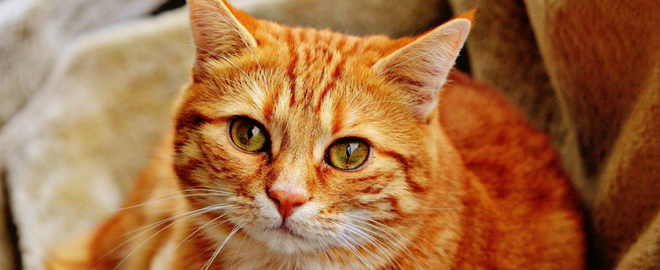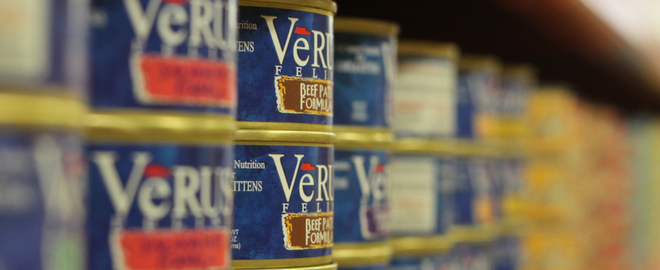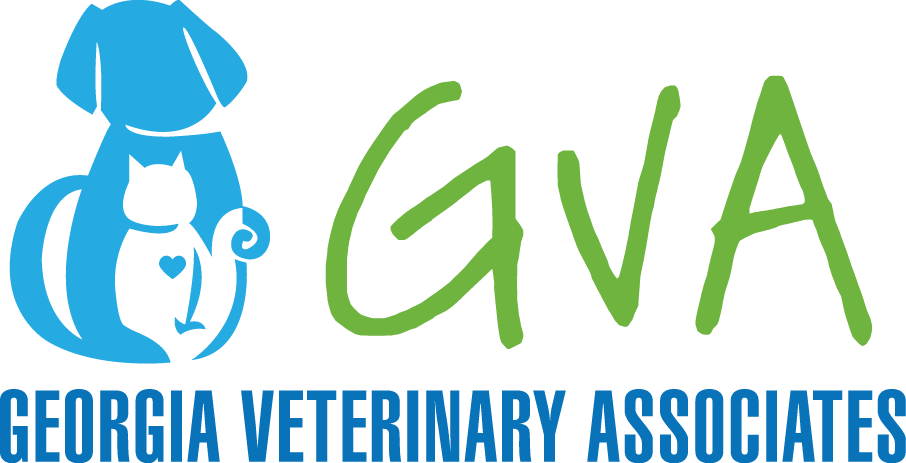What’s the Best Cat Food?
Veterinarians are often asked what the best cat food is. After all, every cat lover wants to make sure their feline friend gets the best care and nutrition.
Yet, if you’re confused, it’s not a surprise. Pet stores are crammed with choices - kitten food, senior cat food, dry, semi-moist, canned. Then there are so many brands.
Plus, there’s a trend to feed cats a homemade, raw diet -- is that a good idea? Is it even feasible for you?
To top it off, many cats are finicky about what they’ll eat. Consider it the equivalent of the four-year-old who refuses vegetables. There’s nothing like putting down her meal and having her refuse it.
What’s a cat lover to do? As you may guess, there’s no “one size fits all” cat food that’s right for all.

So, What Food is Best for YOUR Cat?
In the big picture, the best cat food is the one that meets your kitty’s nutritional needs and that keeps her taste buds happy.
As you probably know, opinions differ widely on pet nutrition. Some veterinarians will recommend feeding a strict raw diet while others suggest a mix of canned and dry foods.
What will work best for your cat depends on your cat’s age, lifestyle, and health, as well as what’s convenient for you. For example, dry kibble is the most convenient pet food for obvious reasons, yet it’s also the highest in carbohydrates which may not be good for your aging (and sedentary) cat.
The Benefits of Kibble
The biggest benefits of kibble are price and convenience. Yet, with the pet food recalls it’s gotten a bad reputation in some circles in recent years. Add to that the fact that it’s a processed food and since there’s a trend in humans to steer clear of processed foods, maybe our cats should too. After all,they ARE natural predators and carnivores.
However, many cats do great on dry food. Even thrive. And great health is what we strive for, no matter what they’re eating.
According to Cornell’s Veterinary School, kibble can support your cat’s needs as long as it’s balanced. Simply look for a statement from the Association of American Feed Control Officials (AAFCO.)
It also helps if you buy smaller packages (and check the expiration date!) Old pet food can go rancid. Plus, the longer dry food sits, the less nutritious it is.
What About Wet Cat Food?
Cats get most of their hydration through food and wet food is 70-80% water. That makes it a good source for many cats, plus, most cats like the taste of canned cat food so you won’t worry about them not eating their dinner.
However, they still need a separate bowl of fresh water to make sure they stay well-hydrated. Dehydration can lead to Chronic Renal Failure and other serious health issues.

What About a Homemade Diet?
If you’re considering a homemade diet, please reconsider. PetMD.com reminds us that meat alone isn’t a balanced diet rich in vitamins and minerals. In addition, there are bacteria like E.coli that can be transmitted from raw food to us or our cats.
If you do want to make your own cat food, veterinarians recommend getting a “veterinary nutritionist to help you. Cats are only 8 to 10 pounds, and changing one ingredient can change the whole nutritional value of the diet.” [Source]
You can see more about the pros and cons of different diets as well as the nutritional needs of cats on our cat nutrition page.
The best way you can make sure your cat is getting the best nutrition for her is to consult with your veterinarian. He or she will make a recommendation based on your cat’s individual needs. After all, age, health, and lifestyle all play a role in nutrition needs. If you can schedule your kitty’s wellness exam here and discuss diet recommendations at the same time.
